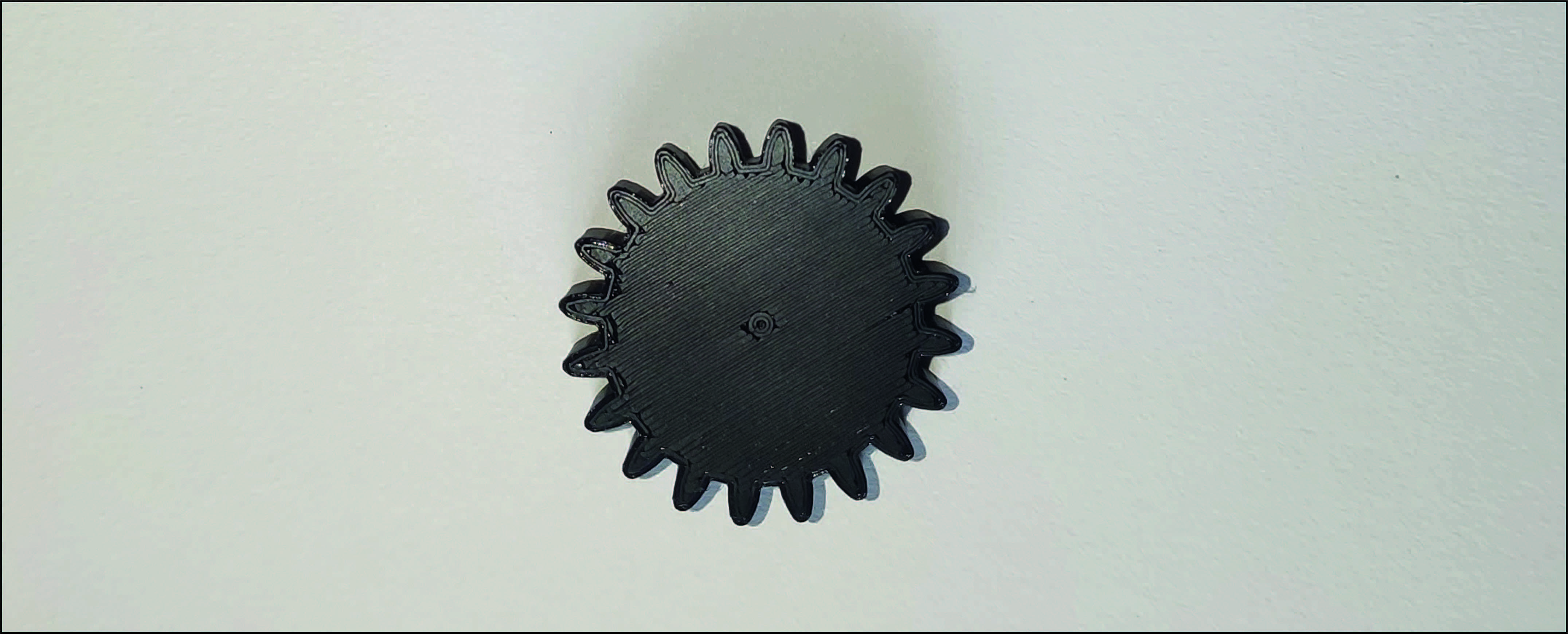Original Dimensions :-
Diameter - 43.6127 mm
Thickness - 15 mm
3D Printed Part Dimensions :-
Diameter - 43.78 mm
Thickness - 15.07 mm
Percentage change in Diameter :-
Change in Dimension - 43.78-43.6127 = 0.167
% change = 0.167*100/43.6127 = 0.38%
Percentage change in Thickness :-
Change in Dimension - 15.07-15 = 0.07
% change = 0.07*100/15 = 0.46%
Percentage change in Diameter = 0.38%
Percentage change in Thickness = 0.46%






